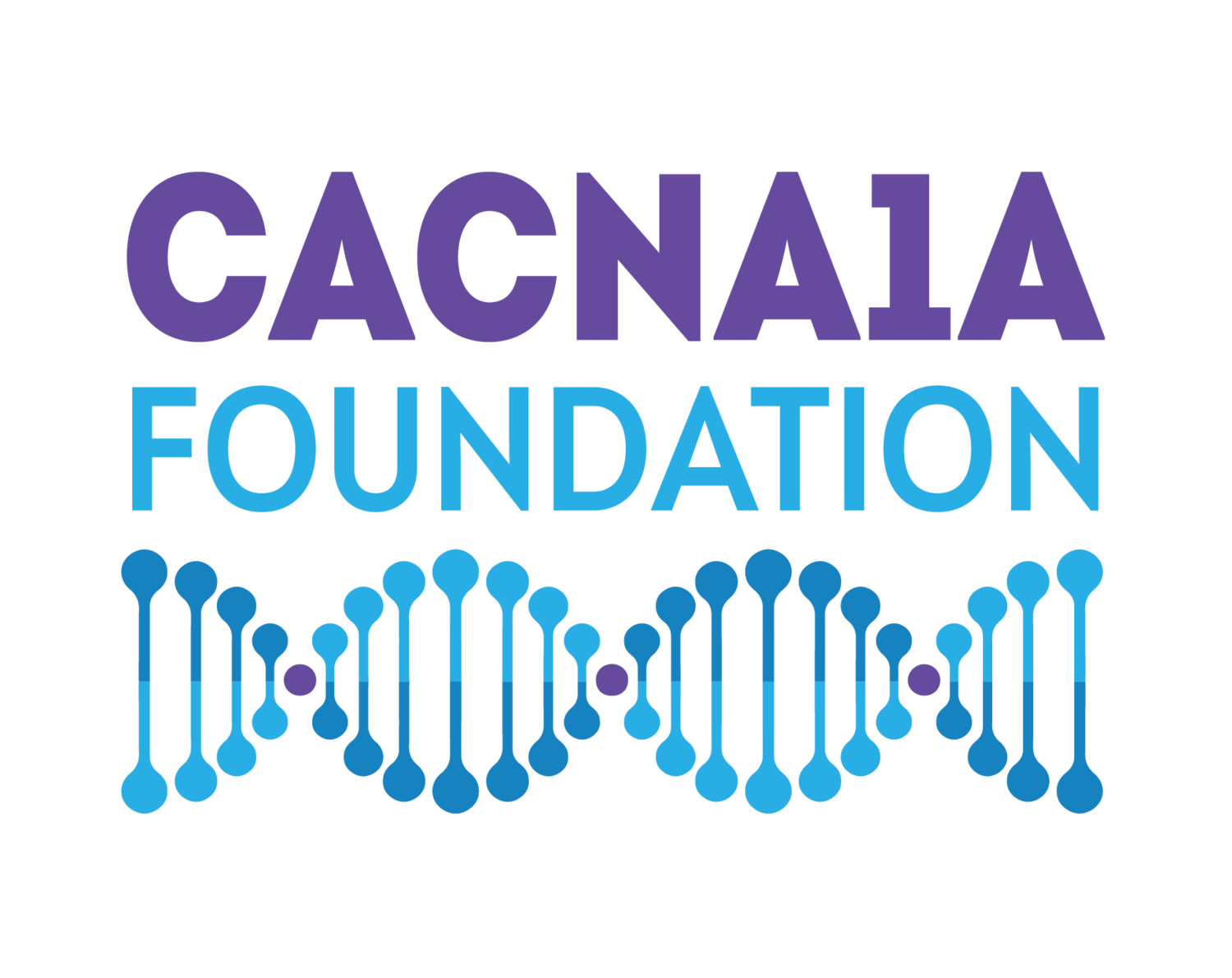CACNA1A Foundation at AES2020
This past weekend we hosted a booth in the nonprofit section of the virtual exhibit hall at the American Epilepsy Society’s (AES) annual meeting. This conference is the largest meeting and exhibition in the world for those who share the common scientific and clinical interests of epilepsy and clinical neurophysiology. AES typically attracts more than 5,000 attendees dedicated to improving the quality of life for people living with epilepsy. This year attendees came from 70 countries in addition to all 50 states. Our booth had hundreds of visitors, including clinical neurologists, researchers, pharmaceutical companies, and advocates from other rare disease groups. We made valuable introductions and formed new relationships that will further our mission of accelerating CACNA1A research.
With our presence at AES, neurologists around the globe were informed that a family foundation for CACNA1A finally exists and they will be able to pass our information on to their patients. This is especially important as we release our Natural History Study. It is crucial for as many people as possible with CACNA1A variants to be registered in the study (registration info coming very soon!) There is tremendous strength in numbers and we will be better able to attract investment in our disease with a greater number of patients registered in our Natural History Study.
Several researchers visited our booth and the most common feedback we heard was, “How exciting! We have been waiting for years for a family foundation for CACNA1A!” The scientific community values the importance of the patient and family voice, especially when applying for funding from the NIH. Many visitors told us they were already planning on submitting a proposal for our Grant Program and we informed many more of our funding opportunity.
Thank you to the American Epilepsy Society for giving nonprofit family groups like ours a seat at the table. AES2020 was a huge success for us and we look forward to having a presence at other related professional conferences. Over the next few months, we will continue strengthening these relationships and encouraging collaboration between scientists and medical professionals with CACNA1A research interests.

